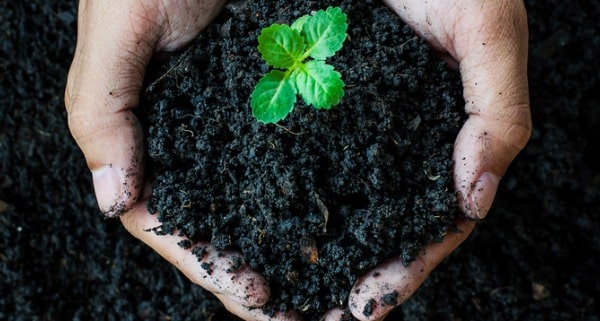
Cultivate A Compostable Culture
2019/12/13 3:17 pm
Consumer demand for sustainability is leading ecologically aware small and mid-size manufacturers to look for eco-friendly packaging alternatives. An increasingly popular solution is compostable packaging.
Designed to break down into carbon dioxide, water and biomass, compostable films effectively disintegrate into non-toxic organic compost in approximately 6 months.
4 Things to Know about Compostable Films
The state of California has some of the nation’s strictest regulations and standards for recycling and sustainable technology. Its 75 Percent Initiative includes moving organics out of landfills, expanding recycling infrastructure, exploring new models for funding of materials management and encouraging post-consumer recycled content.
Here are four things to know about compostable films and how they fit into efforts to preserve the environment:
- The terms compostable and recyclable are not interchangeable. Compostable films are designed to disintegrate and be indistinguishable from other organic components in soil, whereas recyclable plastics are broken down mechanically and reused to produce other packaging products.
- Compostable films are suitable for food packaging, containers, cups, plastic utensils and garbage bags. The food residue helps speed the composting process.
- Industrial-scale composting operations are the only facilities capable of maintaining the high temperatures necessary to break down compostable films.
- Compostable films cannot be recycled and should not be disposed of in recycle bins.
Advantages and Limitations of Compostable Films
To make the right eco-film choice, manufacturers should understand the advantages and limitations of compostable films.
Advantages:
- Can be harmlessly absorbed into the ground after composting.
- Appeal to environmentally conscious consumers.
- Don’t require space or resources in landfills or recycling centers.
Limitations:
- Must be composted at facilities capable of breaking them down.
- Components (including inks and zippers) must be compostable or comprise less than 1% of the total volume of the package.
- Compostable films must meet the stringent ASTM D6400 specifications set forth by the American Society for Testing Materials.
Great American Packaging’s Compostable Film
Great American Packaging’s Sustainable Packaging line offers cutting-edge, eco-friendly bags and films that:
- Meet ASTM D6400 compostability specifications.
- Are food safe.
- Offer outstanding sealability and tear resistance.
- Are safe for freezer storage at temperatures as low as -30 degrees Fahrenheit.
- Exhibit excellent off-gassing properties required by many products, such as fresh produce.
- Are available in multi-layer options that offer enhanced barrier protection.
- Are printable. The added weight of the ink must be less than 1% of the total weight of the package.
The team at Great American Packaging understands how to partner with customers to identify the ideal packaging for any product. After 50 years in business, the Los Angeles-based company is still family owned and proud to maintain its core beliefs in customer collaboration, problem-solving and adherence to industry-best standards.
The Great American Packaging Company team is always ready to assist with any package extruding, flexographic printing, converting (bag making) and consulting needs. Contact us today at 877-BUY-BAGS (877-289-2247) or simply fill out the contact form below.

